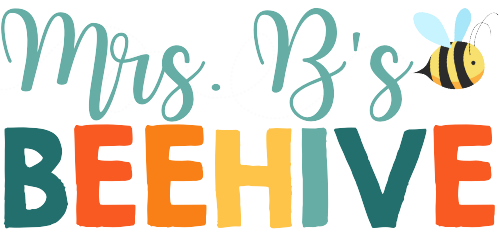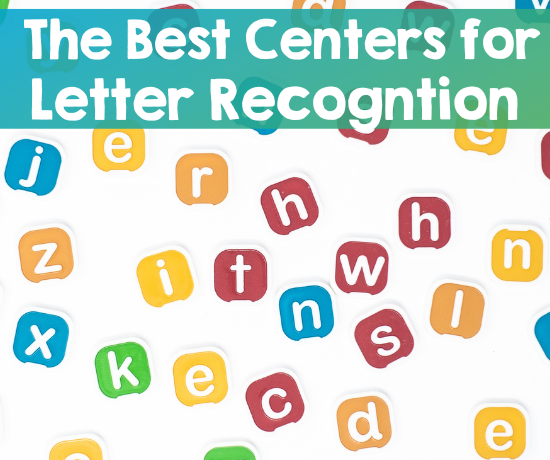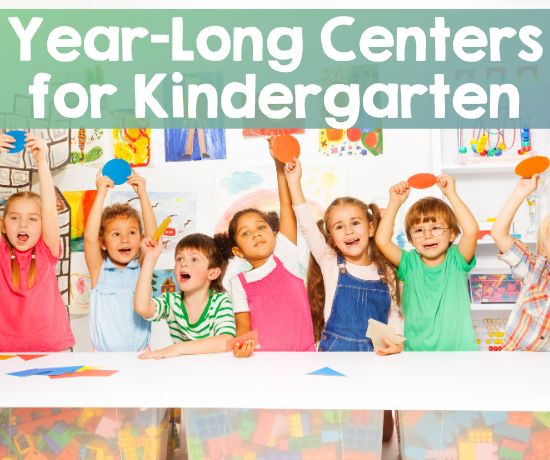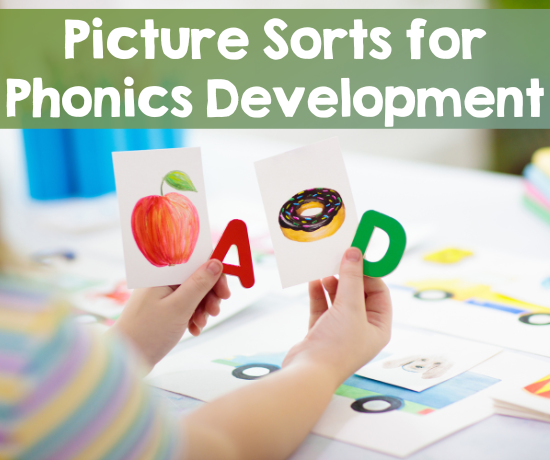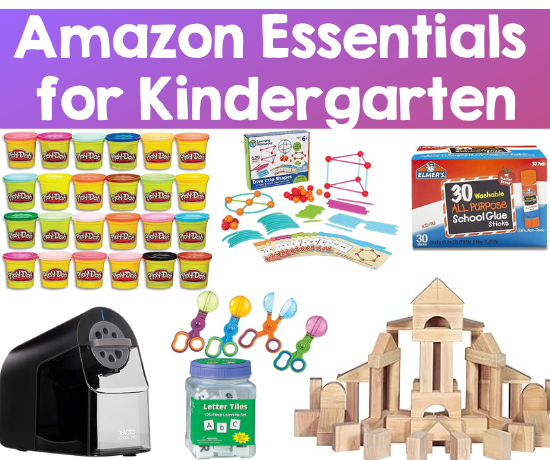Letter recognition is a big deal in the early years of elementary school. As teachers, we can teach letters and show them to our students many times, but what really makes it sink in is practice. The more your students practice and are exposed to letters, the better their letter recognition will be.
That’s where letter recognition centers come into play. These are centers specifically designed to help your young students be more exposed to letters and help you with ideas to teach in your classroom.
Technology Centers
Technology centers are a great place to start. I know I love technology because of the ease it brings to my day of planning for lessons. Students love technology because they aren’t often allowed to use it during the school day except in special circumstances. Let letter recognition centers be a special occasion for technology!
Boom Cards
One of my favorite letter recognition activities incorporates boom cards. Boom cards are an interactive resource where students get to check their own work as they complete the assignment. In my Boom Cards – Letter Recognition MEGA Bundle, you will find so many great decks for your students to enjoy. From practicing upper and lower case letters to the order of the alphabet, your students will enjoy the self-paced, self-checking boom card decks.
Apps and Websites
Another great resource that technology brings to a classroom is the ability to use applications and websites on a classroom device. Whether you have tablets or computers for your students to use during letter recognition centers, your students will love these! Check out the Best Apps for Letter Names and Sound Recognition to get a hold of a list of online resources personally vetted by yours truly!
Fine Motor Centers
Fine motor letter recognition centers allow students to manipulate resources and tools with their hands while exploring letters. I would encourage you to check out my Pinterest Board for all things Letter Recognition and Formation and to keep reading this article for 3 amazing fine motor letter recognition activities I love!
Once you’ve checked out these ideas, head on over to my blog post all about The Best Fine Motor Tools for Pre-K and Kindergarten and incorporate those into your letter recognition centers!
Name Recognition Soup
Name Recognition Soup is an idea from Clarissa at PlayTeachRepeat that uses plastic spoons to help students understand letters better. Give students a bowl full of letters and spoons labeled with specific letters. You can give them something specific to spell, like their name, or you can do the whole alphabet! Kids then use the spoon to pull out the matching letter from the bowl. This is the kind of playing with their food that kids and adults can all enjoy without the mess!
Upper & Lower Case Activity
For this fun Upper & Lowercase Letter Matching with a Box from Kristina at School Time Snippets, you need popsicle sticks, letter stickers, and any old box you have laying around. Carefully cut 26 slits into the top of the box and label each slit with a lowercase letter. Then put a letter sticker on the top of each popsicle stick. Ask students to insert the end of the popsicle stick so that the uppercase and lowercase letters match! Fun, cheap, and easy!
Alphabet Beans
In the Matching Alphabet Beans Literacy Game from Anna at the Imagination Tree, you need some beans to write on, cupcake papers, and a cupcake pan. This activity also works on upper and lowercase letter matching. Write uppercase letters on your beans and lowercase letters inside your cupcake papers. Students will ensure the right bean goes into the right cupcake paper to work on letter recognition!
Worksheet Letter Recognition Center
As far as worksheets go for letter recognition centers, don’t let them get you down by assuming they’re going to be boring because they aren’t focused on technology or fine motor skills! Worksheets are a great resource that can still be a lot of fun in our world of multi-sensory classrooms and lesson stimulation!
Letter Recognition Worksheets

One of my favorite resources for letter recognition centers is the Letter Recognition Worksheets. These worksheets allow your students the practice they need to master both their letter names and the corresponding sounds. For every letter, your students will practice letter writing, upper/lowercase sorting, a beginning sound sort, letter identification, and fluency sentences.
Early Finisher Worksheets & Task Cards



These worksheets and task cards are the perfect, quiet activity for your early finishers to keep practicing skills and not bother their classmates. The August & September Early Finishers Activity Task Cards for Kindergarten are full of fun things for your students to continue working on without realizing they are still learning! This resource includes letter recognition, upper and lowercase matching, capital letter practice, letter sequencing, and so much more!
Should you have letter recognition centers in your Pre-K, Kindergarten, or 1st Grade class?
I know there are supposed to be no silly questions, but this one is borderline, and yes, I know I’m the one who asked, so… Of course, you should have letter recognition centers in your classroom! Being able to recognize letters, identify letters, match upper and lowercase letters, and practice letter sequencing is huge in these early years of education. Before we can focus on reading and how letters are arranged in words, our students need to know what the letters of the alphabet look like. They can never have too much practice, and you will be laying a foundation for better readers in the future. Which resource, game, or activity will you use first in your classroom?
